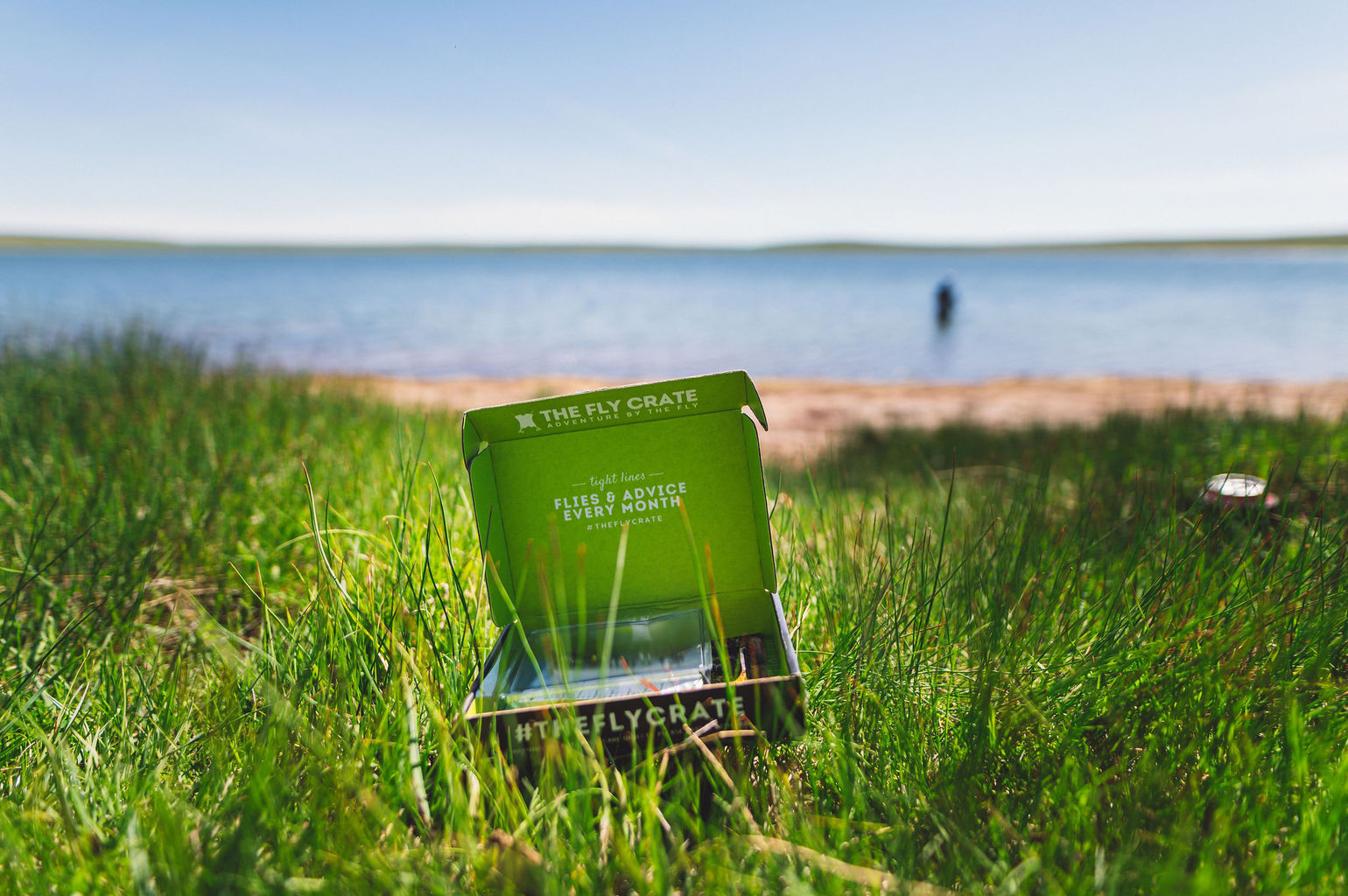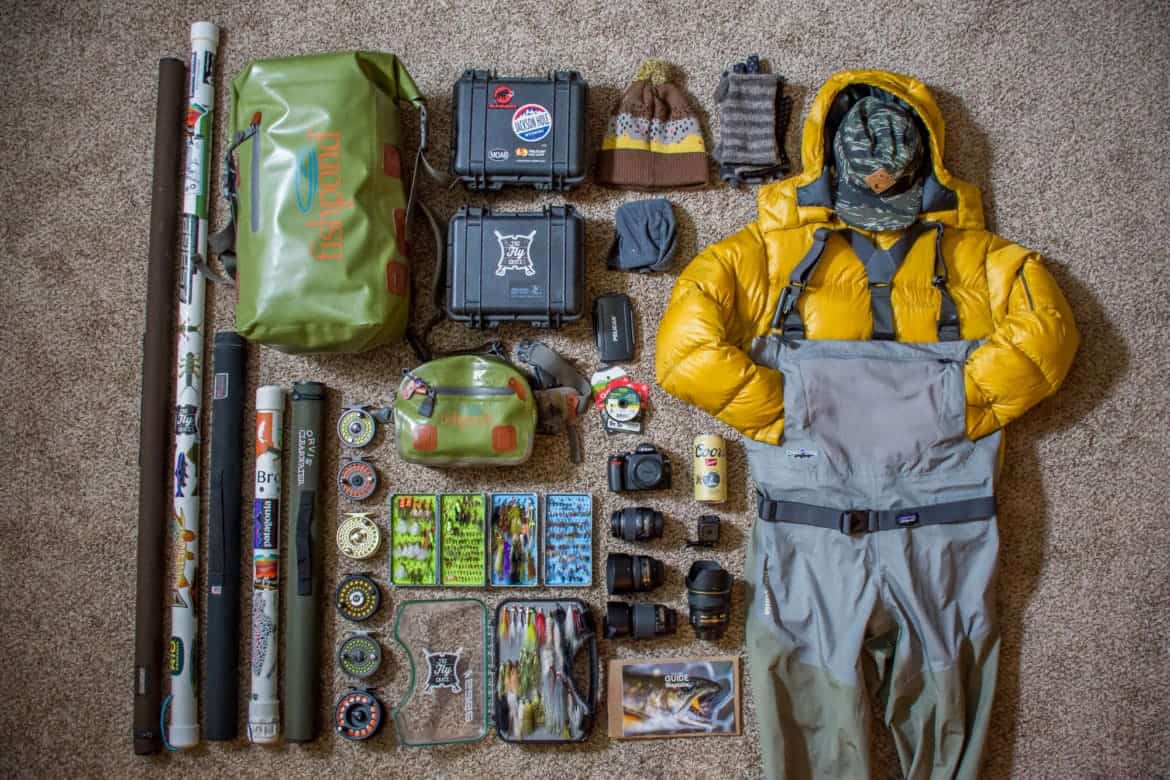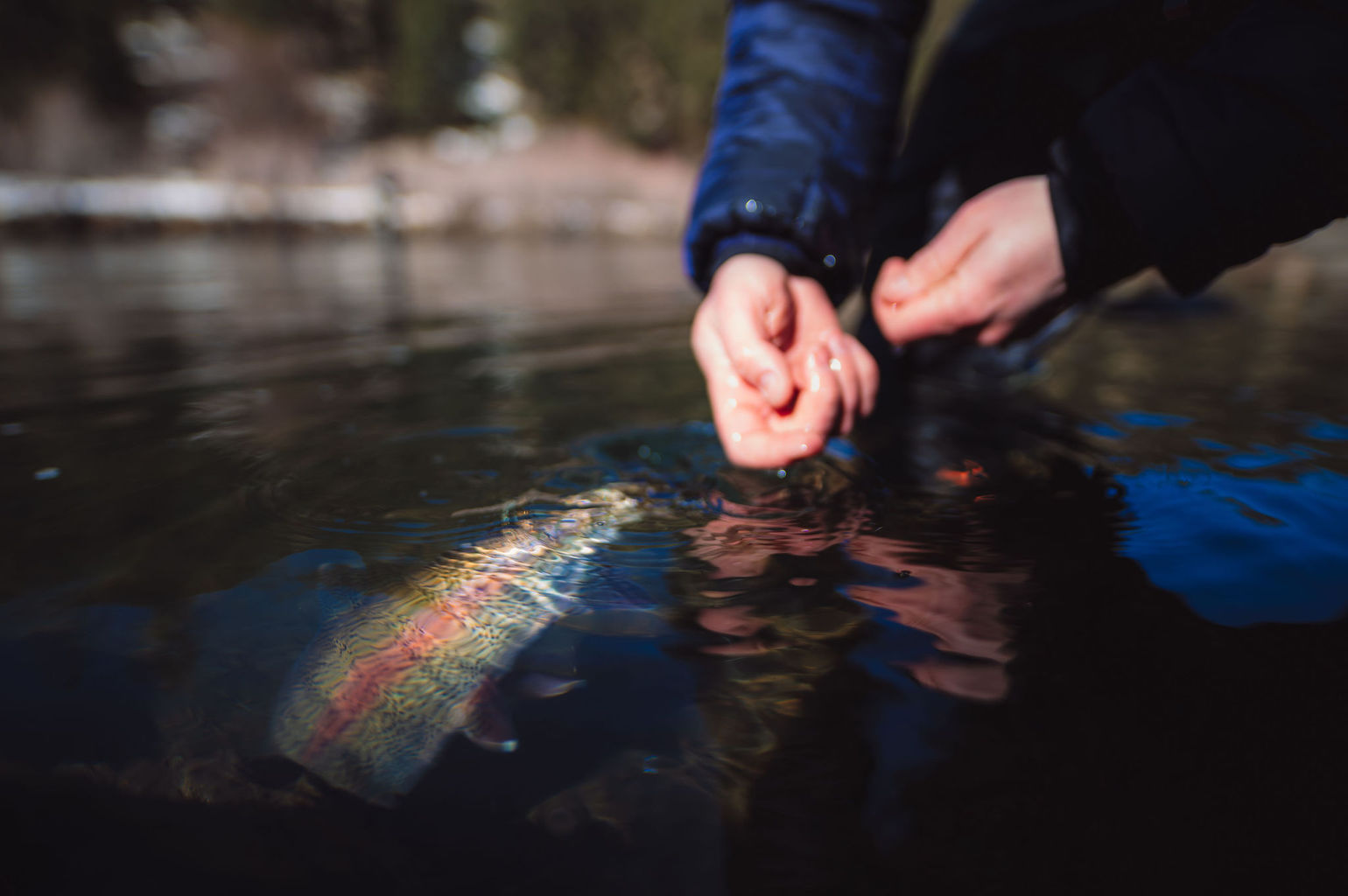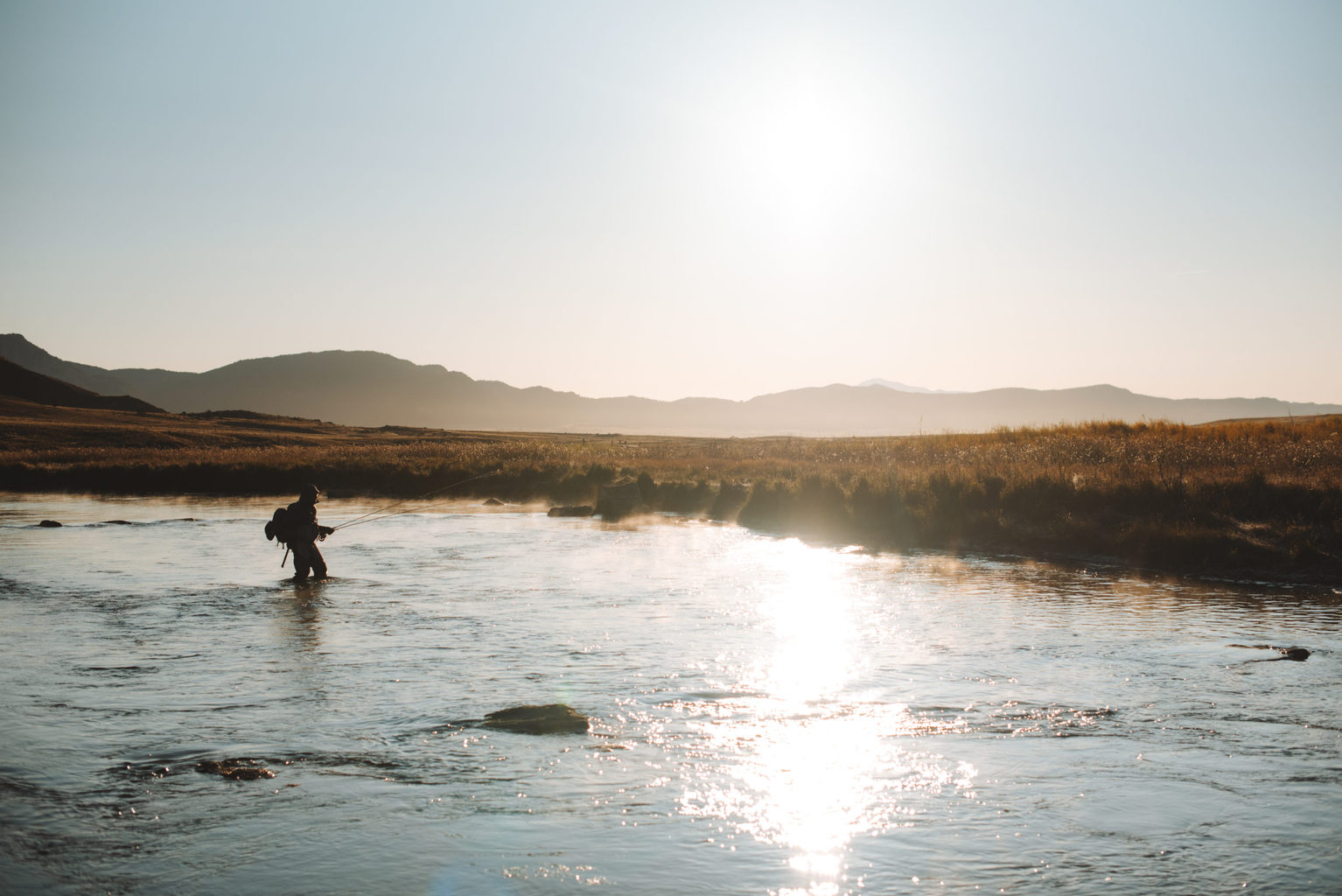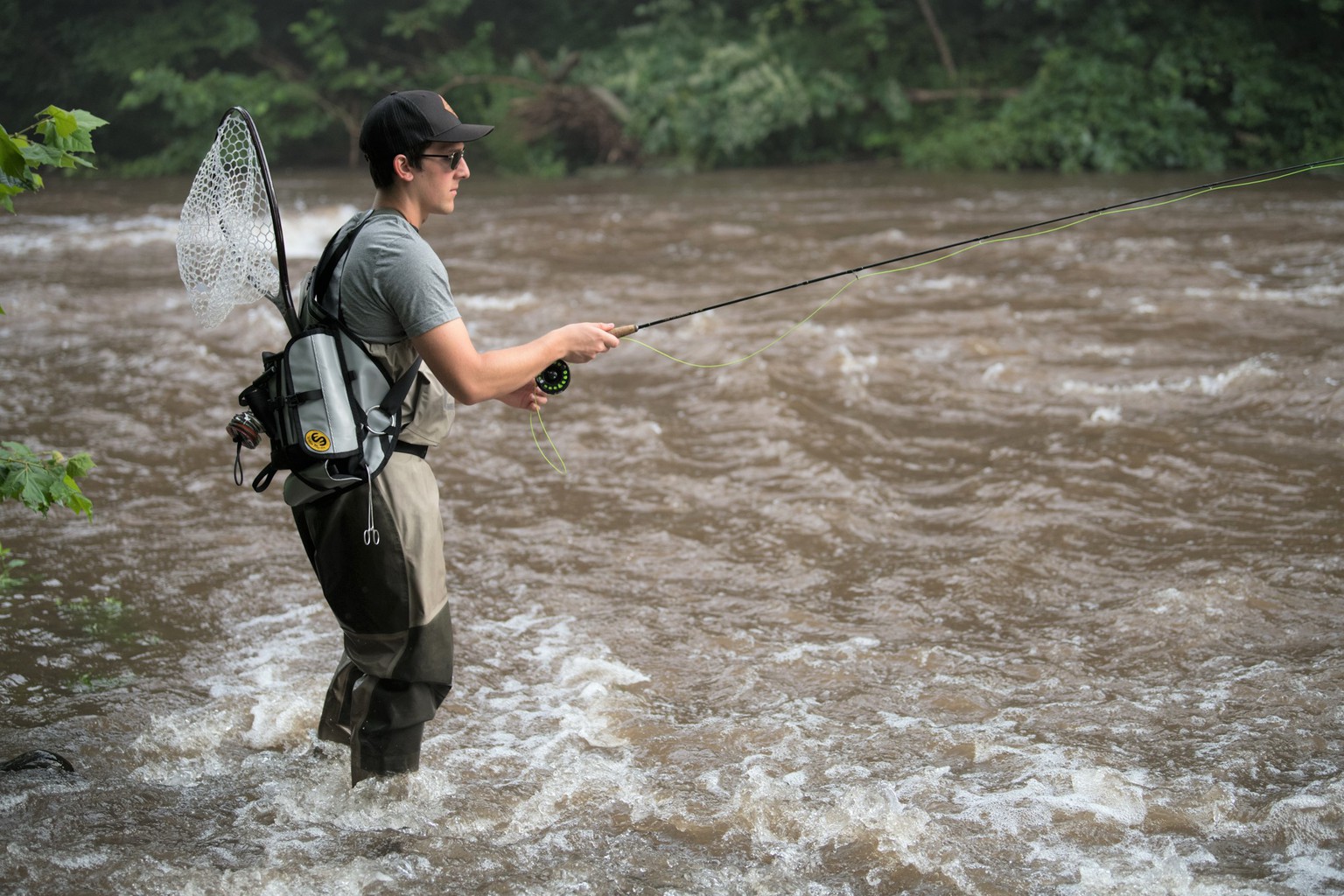How to Catch Trout in Alpine Lakes
The hikes are long, the views incredible, and the trout stunningly beautiful.
It’s the scene that many fly anglers dream of, and the high alpine lakes of the Rocky Mountains hold some extraordinary opportunities for those willing to endure the thin air and arduous miles needed to get there. Many of these lakes hold cutthroat trout, and the summer months are perfect for exploring new areas either in a day, or on longer camping trips. The trout don’t always come easy here, however, so knowing what to do to catch fish in these situations is just as important as it is on local freestones or spring creeks.
Inlet / Outlet
Every alpine lake adventure should start at either the outlet or inlet. These are dynamite hotspots for trout to congregate throughout the summer. It should be noted that during spawning season many fish will push into the streams coming in and out of the lake, so those should be left alone, but the inlet stream in particular creates a current dumping into the lake and is a great spot to fish. The funky current entering the stillwater can be tricky to fish, but trying to stand next to the current and feeding line out as your flies drift out into the lake is a good technique to try. Also take note of where the fish are in the water column in these locations. It’s sometimes a subconscious action to run a nymph rig deep, but in high mountain lakes the fish near the inlet/outlet can hover near the surface taking advantage of the current.
Cruisers
Fish cruising the shoreline are arguably the most fun, but most difficult to catch. They spook quite easily and can seemingly appear out of thin air. The trout will be looking for a meal in these situations and can often be found just a couple feet off the shoreline. This is prime dry fly territory and getting something like a flying ant or beetle imitation a few feet in front of a cruiser can produce a heart-pounding scene where the fish comes right underneath the fly in crystal clear water to slurp it in. In these cases, the key is to get the fly a few feet in front of the path the trout is taking and try to land the line as softly as possible. It can take a few shots to really get the hang of things, but once the casting gets honed in, fishing this way is a ton of fun!
Shelf Drop-Offs
On bright sunny days, or when there aren’t many cruisers, blind fishing the steep drop-offs of a lake can always produce some fish. The water is usually clear enough to easily see where the depth change happens, and it’s possible to run dry-dropper or mini nymph rigs out into the deep water in these areas. Sometimes a slow retrieve can be incorporated on a nymph rig to imitate a fly crawling on the bottom. Fair warning though: hits in these situations can be incredibly subtle. Assume that the water is deep enough that any slight bump, nudge, or direction change of the indicator or dry fly is a fish taking it!
Standing beneath snow-capped peaks casting to rising cutts is an unforgettable experience that abounds throughout the West. Catching some fish is just the icing on the cake for this awe-inspiring scene, but after all it is the goal! By recognizing likely spots on the lake, and knowing how to best effectively fish them, the hike back down to the trailhead will be full of joy and memories of fish landed.

